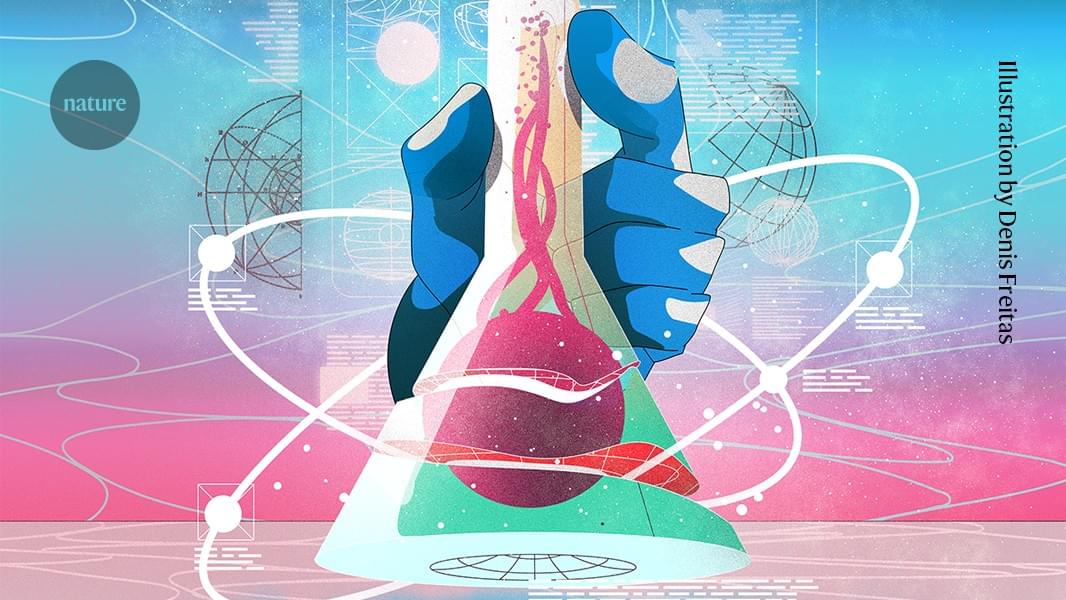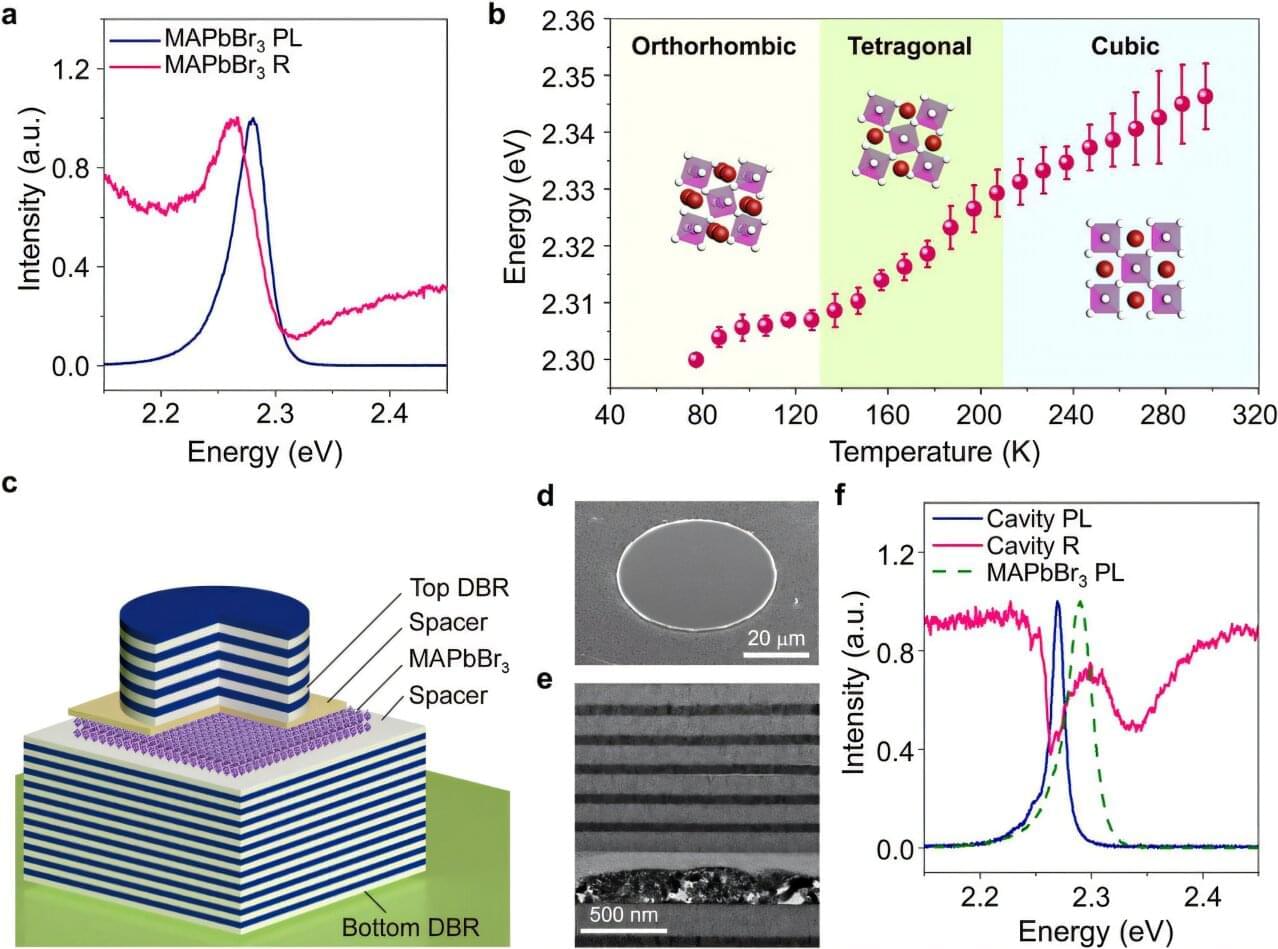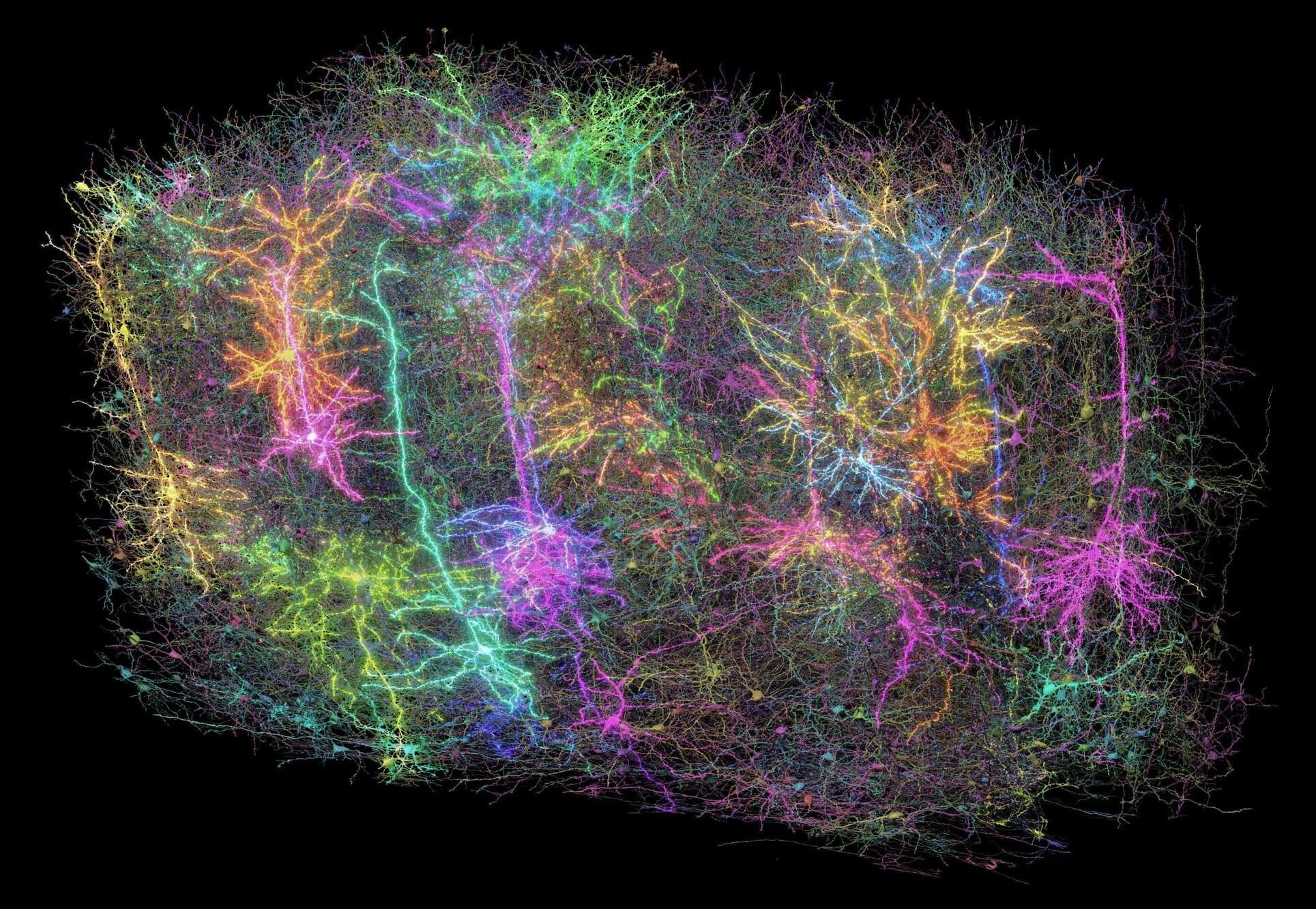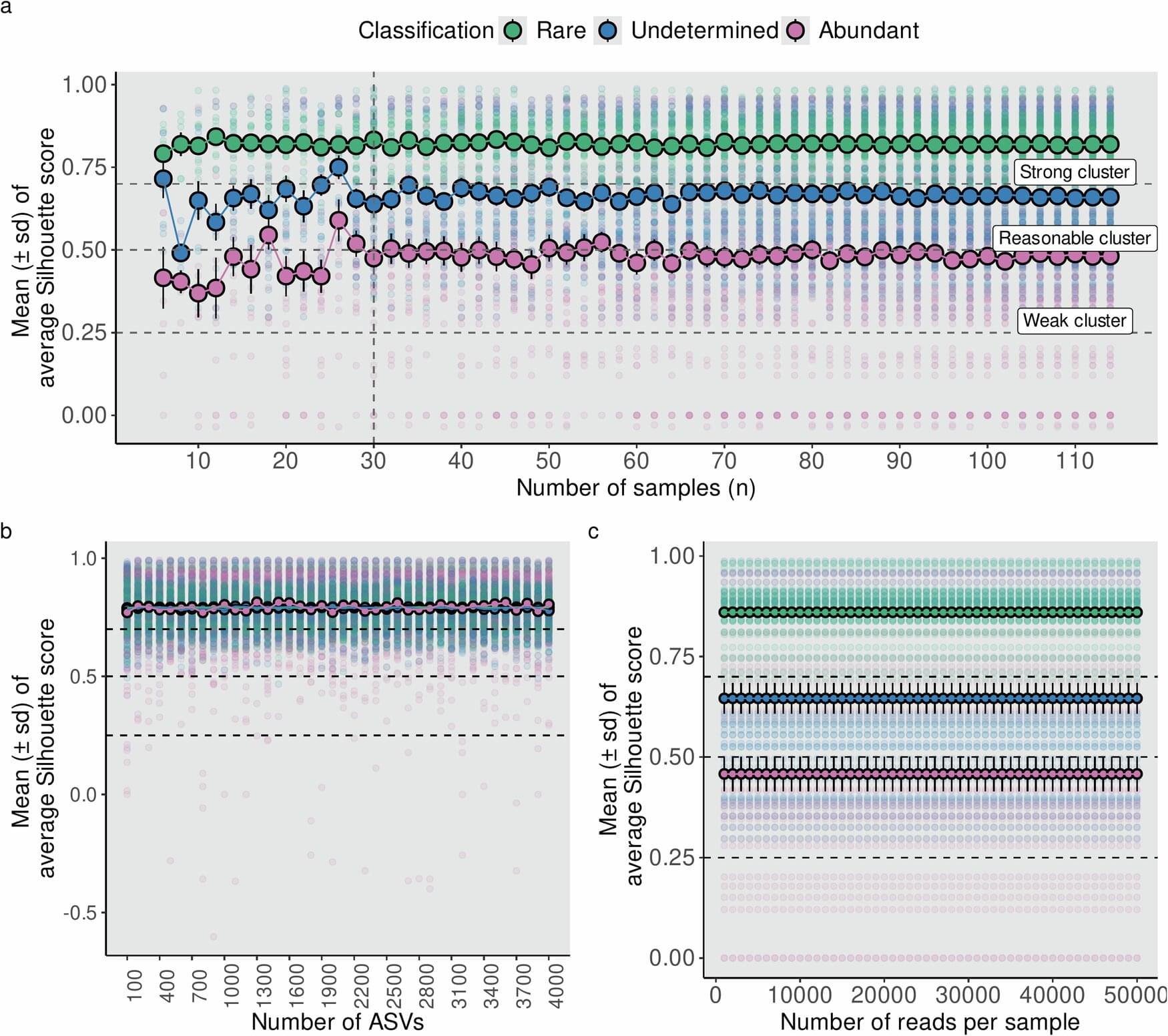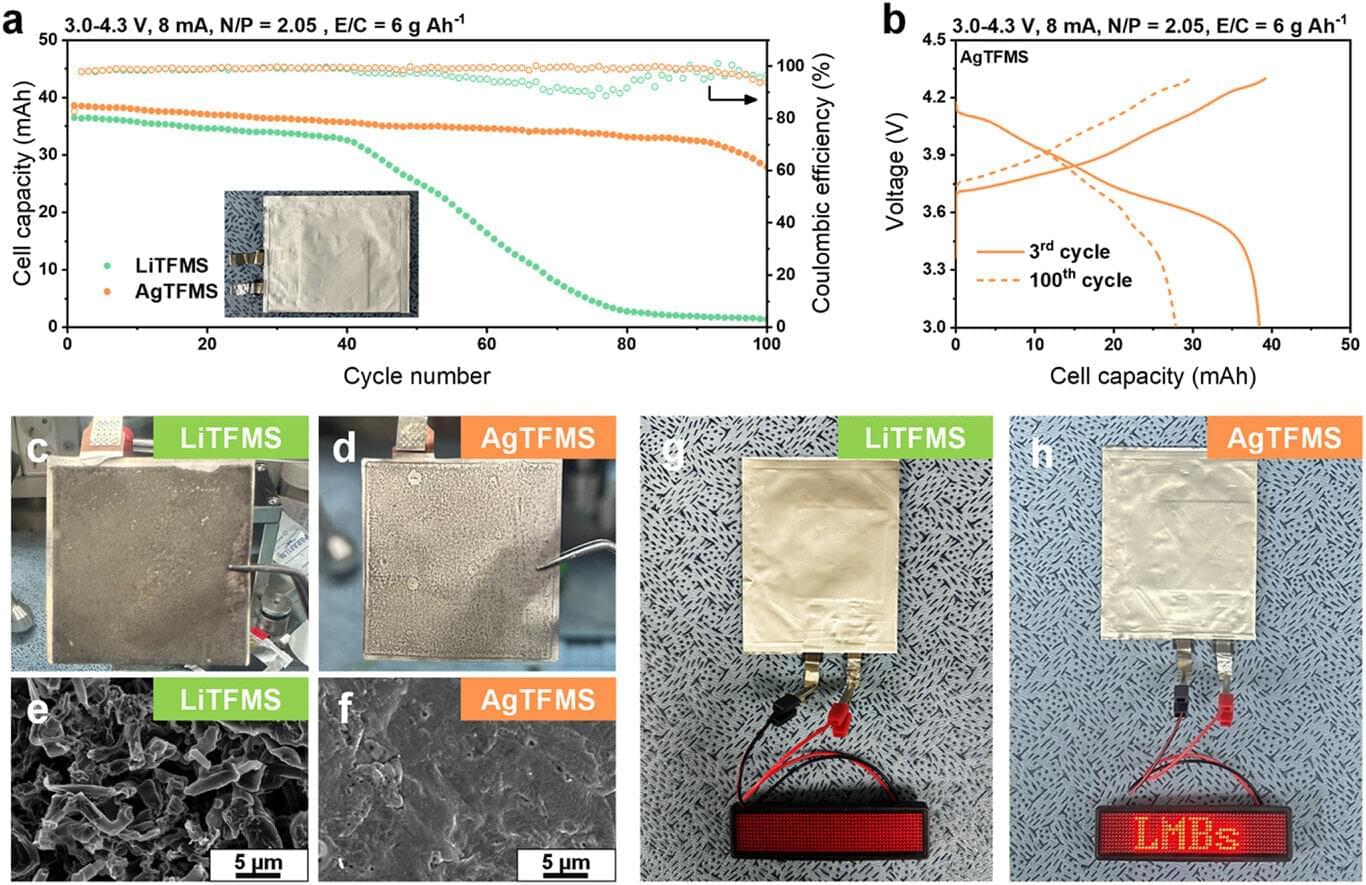I wish for all òf us we the living and we that’s yet to be.
Welcome to Utopia—a serene fusion of nature and futuristic living, where elegant umbrella-shaped homes glow beneath a starry sky. Let the soothing ambient music weave everything into harmony, guiding you into pure tranquility.
Welcome to my channel. I make calm cinematic background ambient music in various forms: cyberpunk sleep music ambient, future city chill music, ambient for deep sleep, ambient for relaxation and meditation, music for focus and relaxation, future city ambient, chill cyberpunk ambience.
Please, help me grow the channel by liking, sharing and commenting 🙏
#scifimusic #sleepmusic #deepmusic #space #futurecity #ambientmusic #scifiambient #naturemusic #ambientmusic

